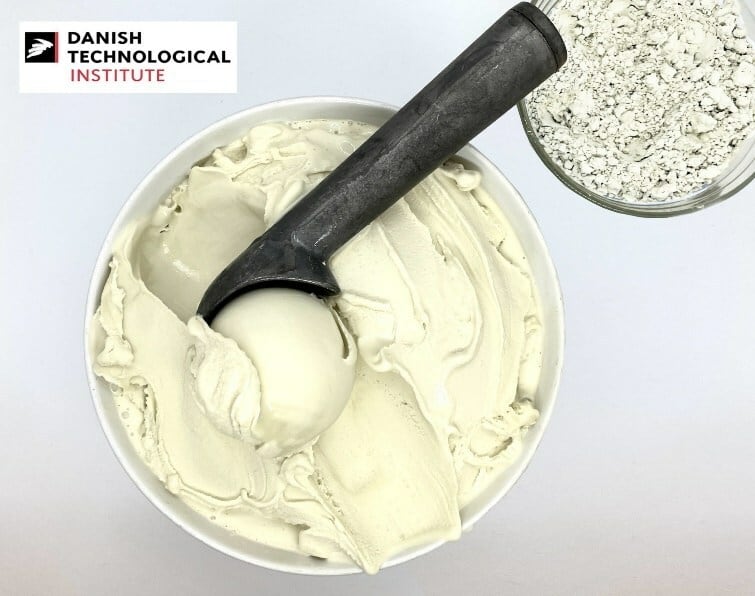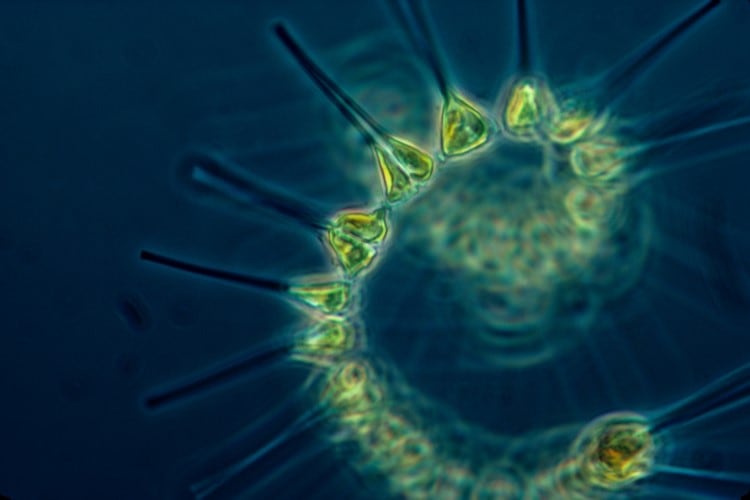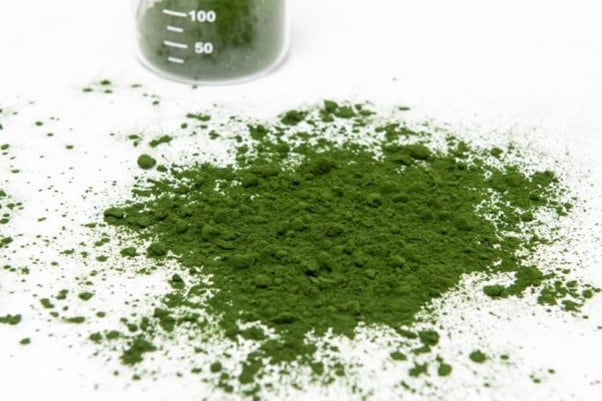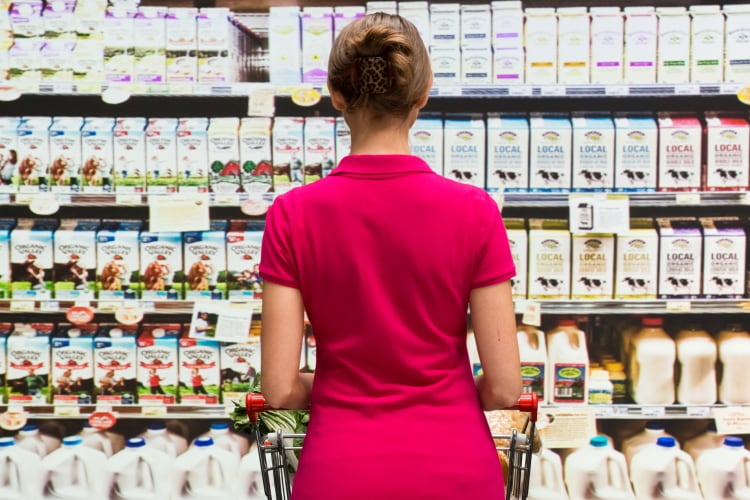If this sounds like the stuff of sci-fi movies, researchers from several US universities suggested as part of a 2019 study that microalgae is capable of producing ‘highly digestible proteins, lipids and carbohydrates, and are rich in essential fatty acids, vitamins and minerals’.
But would you eat a microalgae-based ice cream for your dessert? This is the question that consumers would have to answer if this recently-developed product makes it into retail stores or the foodservice.
B2B foodtech company Sophie’s BioNutrients alongside the Danish Technological Institute have reportedly formulated a dairy-free ice cream based on the company’s chlorella protein that can provide more vitamin B12 and iron than most dairy and plant-based alternatives.
Cultivated through fermentation from Chlorella vulgaris - a species of green microalgae also known as phytoplankton – the ingredient has a ‘clean taste’ and shouldn’t evoke thoughts of seaweed-like flavors and scents.

Speaking to DairyReporter, the company’s co-founder and CEO Eugene Wang explained: “Our chlorella were growing in clean, dark fermentation tanks. Unlike the traditional ways of using outdoor open ponds to grow chlorella, there are no other bacteria co-exist with our chlorella in the fermentation tanks.
“Also, because there is no light, there are not a lot of chlorophyl been produced in the process - and chlorophyll is one of the reasons why microalgae tend to taste seaweedy.
“All in all, using fermentation technologies, we are able to create a protein from chlorella with a very clean taste.”
The company says its Chlorella vulgaris strains are US GRAS- and European Food Safety Authority (EFSA) approved as food ingredients.
Beyond taste, Sophie’s chlorella offers nutritional advantages. For example, 1oz of the ice cream that contains it ‘has the potential’ to provide double the recommended daily intake of vitamin B12 as well as iron, a nutrient absent from dairy milk. Other than chlorella, the ice-cream contains coconut oil and starch, we were told, as well as water and sugar. And while Wang said that the product would be ‘great for everyone’ since it contained no allergens and had ‘better nutrition than cow milk’, the company admitted it had not sent its ice cream prototype for a nutritional analysis ‘since this was internal R&D work’.
Nevertheless, the company is aiming to capitalize on the growing dairy alternatives sector and health-conscious consumers would be a key target market. Asked if the company had evidence whether consumers were embracing the healthy ice cream category with more gusto, Wang argued that the growth of the alt dairy segment presented ‘clear evidence that consumers want even their indulgence to be healthy’.
“Consumers embrace alternative protein, first and foremost, for its healthiness, not for its impact,” Wang added. “This has long been happening in the snack aisles already. Most of the snacks are not healthy to eat, and that's why we are seeing that healthier snacks are taking up more shelf space.
“Consumers today are very interesting. They want to be healthier, yes, but, at the same time, they don't seem to be willing to give up any of their ‘pleasures’.” - Eugene Wang, CEO and co-founder, Sophie's BioNutrients
Asked if the company had evidence whether consumers were open to try algae-containing ice cream, Wang said such ice creams already exist on the market, though the algae is used as a colorant rather than as a protein. “Some of the microalgae has this very natural and bright blue, green, red and even orange colors. Some manufacturers are using it already. And from my observations, consumers seem to have no issue with it.”
On the ice cream’s potential price tag, we were told this could be ‘around 40-60%’ more than regular dairy ice cream. “We need to actively look for manufacturers who are interested in bringing this concept to the retail or foodservice market, so that we can actually produce the protein with volume,” Wang explained. “Because we can only reduce our production costs when the volume starts to build up.”
Based in Singapore, Sophie's specializes in microalgae innovations and previously developed algae-based milk and cheddar. Asked if these prototypes had been turned into commercially-available products, Wang suggested that the hardest part lies with finding food manufacturers willing to take such concepts to market. “Luckily, we do have one manufacturer who just launched a cheddar cheese in the US with our protein,” Wang told us. “Another manufacturer uses our protein to make an energy drink in Asia.”
In a statement to the media, Wang said Sophie’s and DTI’s discovery had leveraged microalgae’s ‘unlimited possibilities’. “Microalgae is one of the most nutrient-rich and versatile resources on the planet,” Wang said. “Today we have shown another facet of the unlimited possibilities this superfood can offer – a dairy and lactose-free alternative to ice cream that, thanks to microalgae, offers a higher nutrition content than most available dairy-free alternatives. We are incredibly excited for this development in allergen-free foods and the prospect of more inclusive dining.”



